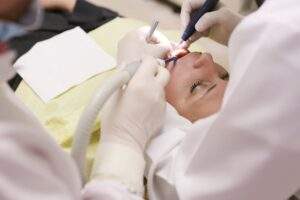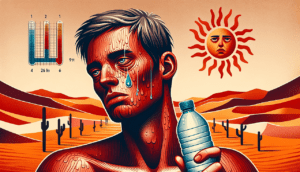Burns: Modern Approaches to Choosing Effective Treatments

With thermal burns of the skin arising from exposure to high temperature, a violation of the protein structures of the skin cells and their death are noted. Moreover, the higher the temperature and the longer the exposure, the deeper the skin lesion and the greater the severity of its symptoms. After a burn, a person often acts irrationally, the resulting pain interferes with concentration, and many useful and useless tips pop up in the head immediately. What should be done after a burn and before consulting summers pharmacy?
Firstly, it is necessary to calm down and assess the degree of thermal damage, since the choice of effective treatment tactics will depend on this.
Ist degree: epidermal burn – hyperemia of the skin, interstitial edema. Self-healing of such wounds is completed within 5-12 days without scarring and other consequences.
IInd degree: dermal superficial burn – a naked dermis and/or exfoliated stratum corneum of the epidermis is formed. Subsequently, intense bubbles appear, a thin necrotic scab of light yellow, light brown or gray color is formed depending on the etiological factor of the burn and the nature of the necrosis. With inadequate treatment or extensive lesions, IInd degree burns can deepen due to unrestored microcirculation in the paranecrosis zone and turn into IIIrd degree burns.
IIIrd degree: deep dermal burn – exfoliation of the epidermis over a large area, widespread confluent blisters or the presence of scraps of the epidermis, whitish, marbled or crimson color of the exposed dermis, growing edema in the burn area, tissue damage to the superficial fascia.
IVth degree: subfascial burn – damage and / or exposure of tissues deeper than their own fascia or aponeurosis. The specificity of such burns is associated with secondary changes that develop in the tissues as a result of subfascial edema, progressive vascular thrombosis and even damage to internal organs (with high-voltage electric burns). The tactics of further treatment depending on the accuracy of determining the area of the lesion and the depth of the burn.
In general, burns are considered to be a dangerous condition that requires a serious approach to treatment. Depending on a certain degree of burn, treatment at home or in the hospital is selected.
With a degree Ist burn, first aid and treatment are at home. Symptoms of redness of the skin, a slight swelling, as well as pain are observed. Since the Ist degree, the skin is slightly damaged, recovery occurs within 1 week.
IInd degree is considered more dangerous since it causes blisters that are prone to bursting. This process can lead to a dangerous infection of the wound, which, in turn, can lead to the formation of scars and scars after a burn. Therefore, a healing ointment after a burn with an antibiotic or antiseptic in the composition is used. The treatment algorithm includes the use of ointment, a daily change of aseptic dressing and anesthesia if necessary.
IIIrd degree is considered dangerous to human health and life. A black or brown scab is revealed at the burn site. The skin is completely destroyed by an influencing factor. In case of burns of the IIIrd degree, the patient should be urgently hospitalized to avoid pain shock and serious infection.
At the IVth degree, muscles and even bones are involved in the traumatic process. First aid is urgent hospitalization and the use of anti-shock therapy.
Thus, the treatment of a patient with a burn of Ist and IInd degree should be carried out at home, and more severe conditions with burns of the IIIrd and IVth degree should be treated only impatiently in special burn or combiological departments.
After we have determined the degree of thermal damage and, accordingly, the required outpatient or inpatient treatment, it is necessary to choose not only an effective drug for the treatment of Ist and IInd degree burns but also the optimal dosage form. So, the drugs used to treat burns at different stages are of several types – these are aerosols (sprays), creams, ointments, gels, and dressings.






